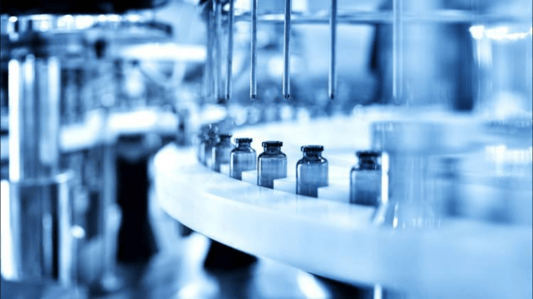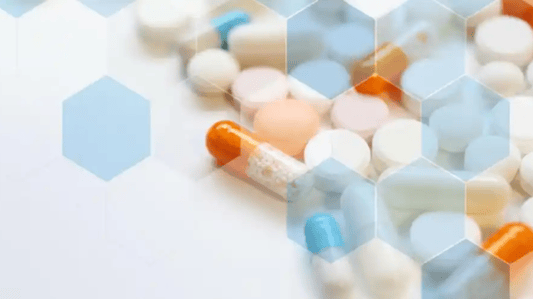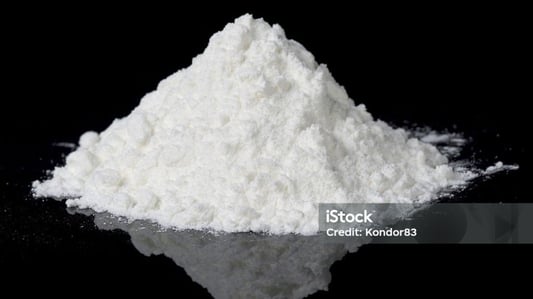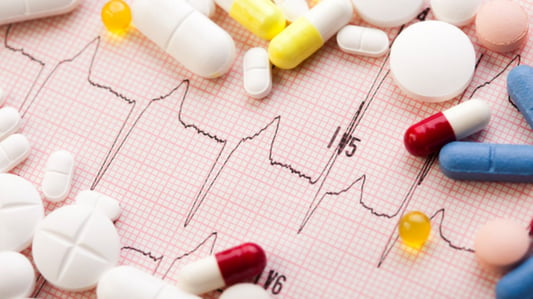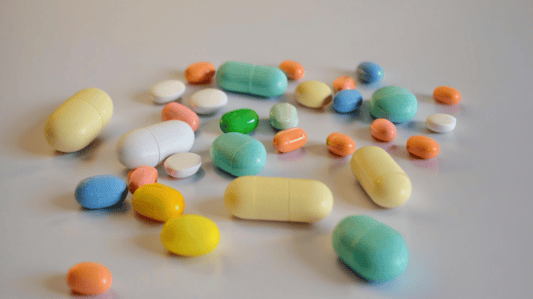What is CAS: 2189684-54-4?CAS: 2189684-54-4 is a unique chemical compound that is commonly used in various industries. It is known for its versatility and wide range of applications.The Properties of CAS: 2189684-54-4CAS: 2189684-54-4 is a colorless liquid with a molecular formula of C10H11NO2. It has a boiling point of 240°C and a melting point of -20°C. Its density is 1.23 g/cm3.Applications of CAS: 2189684-54-4CAS: 2189684-54-4 is commonly used as a chemical intermediate in the production of various compounds. It is also used in the manufacturing of pharmaceuticals, pesticides, and other products.Benefits of CAS: 2189684-54-4CAS: 2189684-54-4 offers numerous benefits, including its ability to react with a wide range of compounds, its high purity level, and its stability under various conditions. These qualities make it a valuable ingredient in many industries.Safety Measures for CAS: 2189684-54-4While CAS: 2189684-54-4 is generally considered safe for use, it is important to handle it with care. Protective gear such as gloves, goggles, and masks should be worn when working with this compound to prevent any potential hazards.Storage and Handling of CAS: 2189684-54-4CAS: 2189684-54-4 should be stored in a cool, dry place away from direct sunlight and sources of heat. It should be kept in a tightly sealed container to prevent any contamination. When handling this compound, proper ventilation is essential to avoid any inhalation risks.Regulatory Status of CAS: 2189684-54-4CAS: 2189684-54-4 is regulated by various agencies to ensure its safe use and handling. It is important to follow all relevant regulations and guidelines when working with this compound to prevent any adverse effects on health or the environment.Future Trends in the Use of CAS: 2189684-54-4As research and technology continue to advance, new applications and uses for CAS: 2189684-54-4 are constantly being discovered. It is likely that this compound will play a significant role in the development of innovative products in the future.Environmental Impact of CAS: 2189684-54-4The environmental impact of CAS: 2189684-54-4 is a topic of concern for many. Efforts are being made to assess and minimize any potential risks associated with the use of this compound to protect ecosystems and human health.ConclusionIn conclusion, CAS: 2189684-54-4 is a versatile compound with a wide range of applications in various industries. Its unique properties and benefits make it a valuable ingredient in the production of numerous products. By following safety measures and regulations, we can continue to harness the potential of CAS: 2189684-54-4 while minimizing any negative impact on our health and the environment.Quote InquiryContact us!


